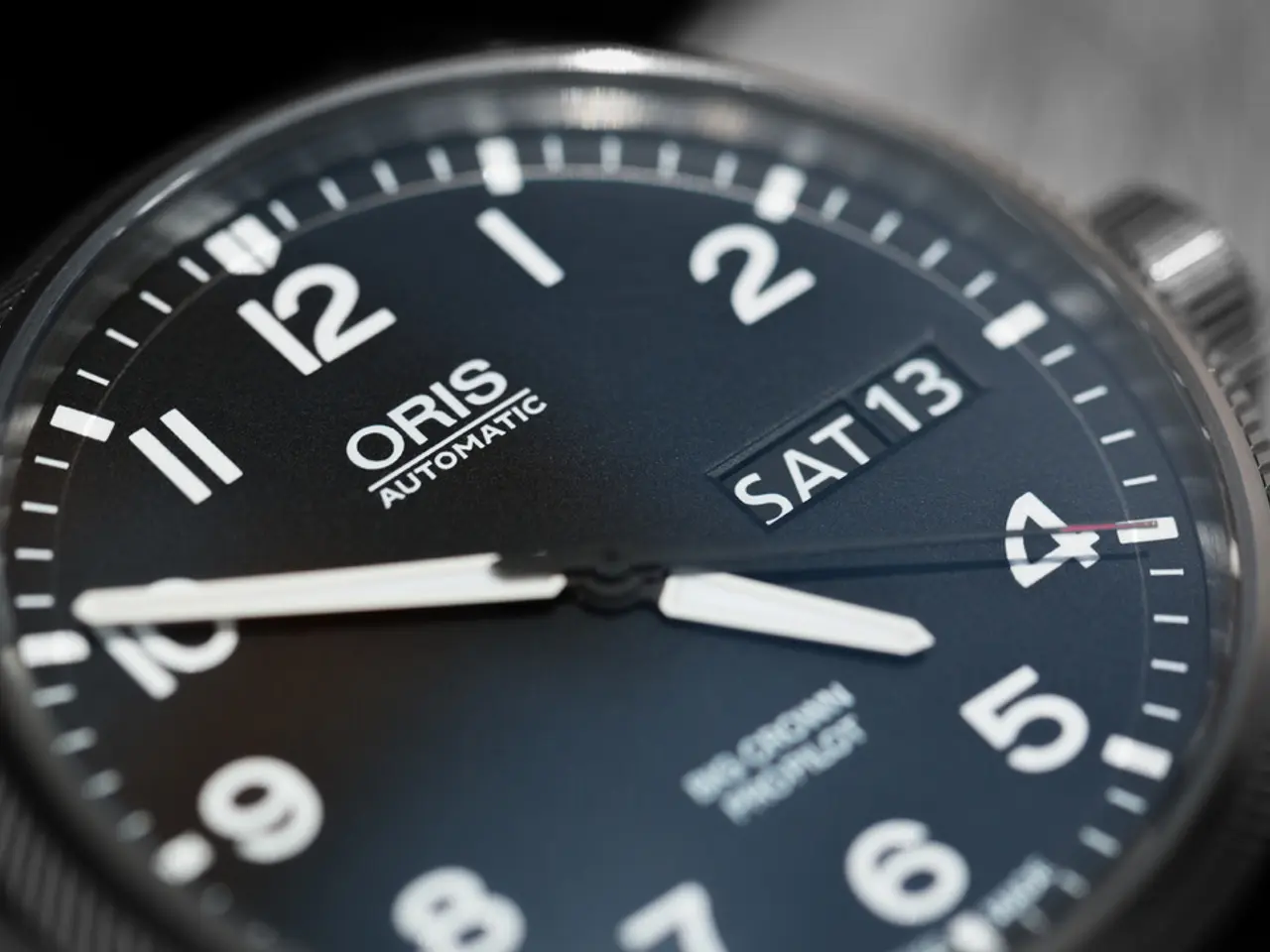Home Therometers: Why Owning the APPROPRIATE One Matters
A thermometer is a crucial medical instrument used to measure body temperature, especially during illnesses. In this article, we'll discuss the most accurate and convenient thermometers for different age groups, focusing on the Exergen Temporal Artery Thermometer as a popular and effective option.
For babies under 3 years old, the rectal digital thermometer is the most accurate and recommended method. This is supported by the American Academy of Pediatrics and expert pharmacists. The rectal thermometer, with its flexible-tipped devices, reliably measures core body temperature with minimal discomfort.
For children from 3 months to 4 years, infrared forehead (temporal) thermometers are convenient, noninvasive, and provide fast, reasonably accurate readings. Ear (tympanic) thermometers may be used from 6 months onward but require correct ear positioning and a clear ear canal to avoid inaccuracies.
For children 4 years and older, and adults, an oral digital thermometer is generally considered the most accurate and practical, assuming the person can cooperate by holding the thermometer under the tongue in place. Ear thermometers remain an option, but care must be taken with usage technique.
Axillary (underarm) and forehead thermometers are easier to use for all ages but are generally less accurate than rectal or oral measurements and thus better for screening rather than definitive diagnosis.
The Exergen Temporal Artery Thermometer is a popular choice due to its accuracy, ease of use, and non-invasive nature, suitable for all ages. This thermometer measures arterial heat via the temporal artery on the forehead and provides readings in 2-3 seconds. It can record up to eight temperature readings and keep track of changes in the temperature throughout the day. Additionally, the Exergen Temporal Artery Thermometer has a soft glow light for easy readings at night.
Mercury thermometers, while popular, are uncomfortable, not easy to use, and potentially dangerous due to mercury poisoning if the glass breaks. Digital thermometers provide accurate readings in less than a minute and are readily available in pharmacies. Strip thermometers, which measure temperature by placing a strip on the forehead, are no longer used or recommended due to inaccurate readings.
In summary, the right kind of thermometer can help detect a fever in seconds, aiding in the diagnosis of health issues such as infections. By choosing the appropriate thermometer for each age group, parents and caregivers can ensure accurate readings with minimal discomfort.
| Age Group | Recommended Thermometer Type | Notes | |----------------------|-----------------------------------------|--------------------------------------------------| | Under 3 years | Rectal digital thermometer | Most accurate, minimal discomfort with flexible tips[1][4] | | 3 months to 4 years | Infrared forehead (temporal) or ear thermometer (from 6 months) | Noninvasive, fast, easy; ear requires correct use[1][2][4][5] | | 4 years and older | Oral digital thermometer | Accurate internal reading if cooperation possible[2][4] | | All ages | Axillary and forehead are easiest but less accurate | Good for quick screening, not definitive[4] |
This guidance balances accuracy and convenience across age groups. Rectal thermometers are preferred for infants for accuracy; infrared forehead and ear thermometers offer quick, comfortable alternatives for toddlers; oral thermometers are best once cooperation is possible. Multi-site digital thermometers with age-specific fever threshold features provide flexibility for families[1][2][3][4][5].





